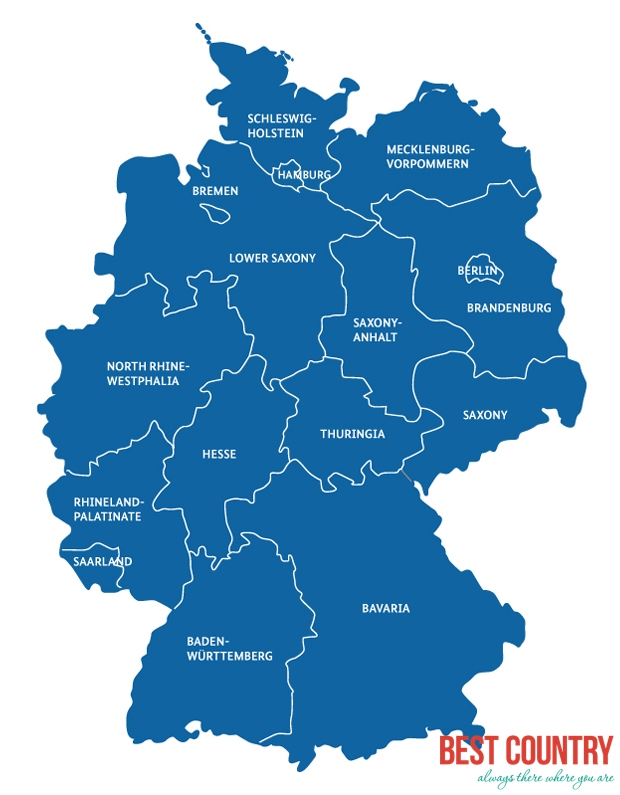Germany is a federal parliamentary republic consisting of 16 states, or Bundesländer, each with its own constitution, government, and parliament. The federal government of Germany has a bicameral parliament, or Bundestag, composed of the lower house, or the Bundestag itself, and the upper house, or the Bundesrat.
Administrative structure in Germany
 The Bundestag is responsible for enacting federal legislation, electing the Chancellor, and overseeing the federal government. Members of the Bundestag are elected through a mixed-member proportional representation system. The Bundesrat represents the interests of the states and participates in the legislative process by approving or rejecting federal laws.
The Bundestag is responsible for enacting federal legislation, electing the Chancellor, and overseeing the federal government. Members of the Bundestag are elected through a mixed-member proportional representation system. The Bundesrat represents the interests of the states and participates in the legislative process by approving or rejecting federal laws.
The federal government of Germany is headed by the Chancellor, who is elected by the Bundestag. The Chancellor is responsible for appointing the members of the federal cabinet, or the Bundesregierung, which includes the Vice Chancellor and the ministers of various departments such as finance, foreign affairs, defense, and justice.
Each state has its own parliament, or Landtag, which is responsible for enacting state laws and overseeing the state government. The state government is headed by the Minister President, who is elected by the Landtag. The Minister President appoints the members of the state cabinet, or the Landesregierung.
Overall, the administrative structure in Germany is highly decentralized, with a balance of power between the federal government and the states. This system of governance is known as federalism, and it allows for a certain degree of autonomy for the states while ensuring a strong central government for the entire country.